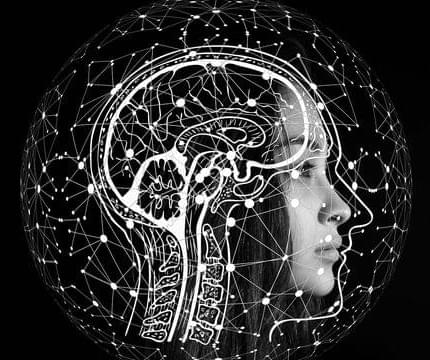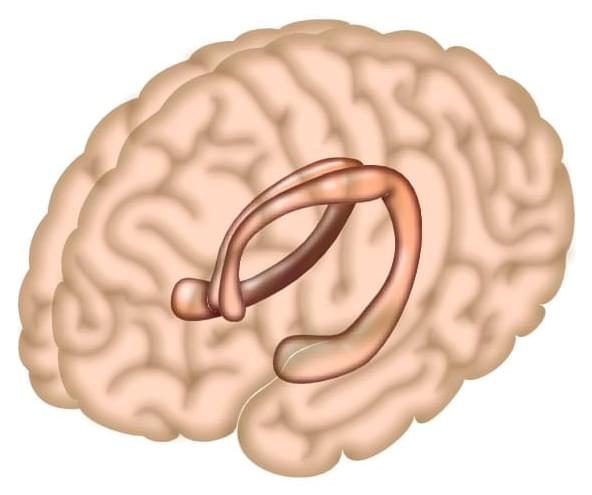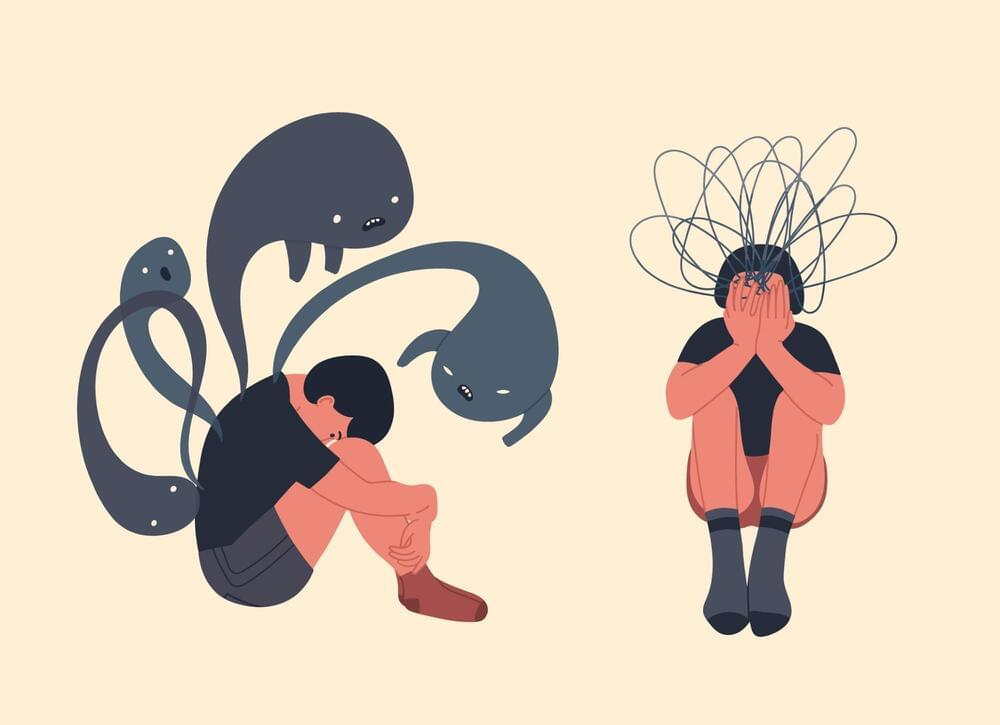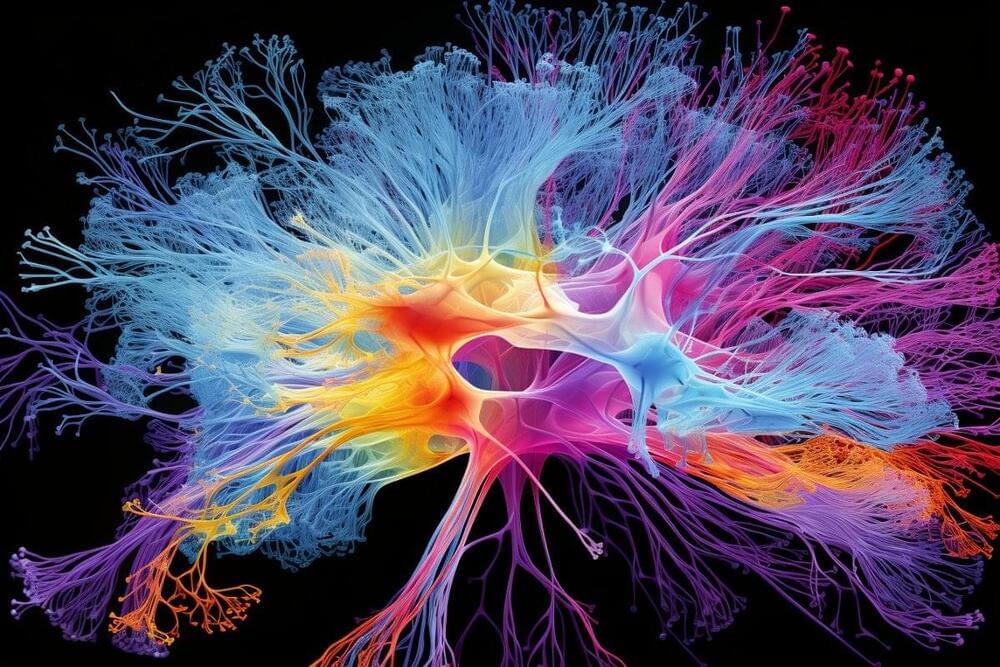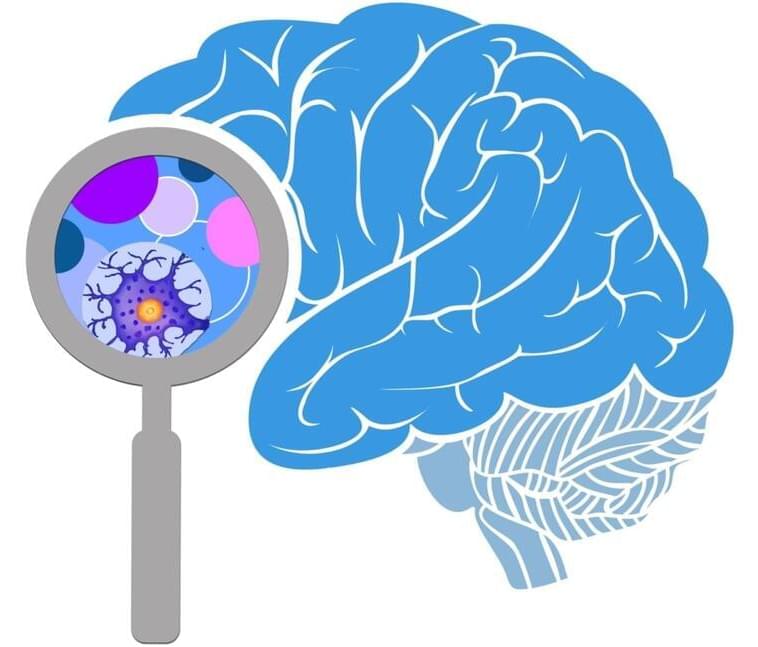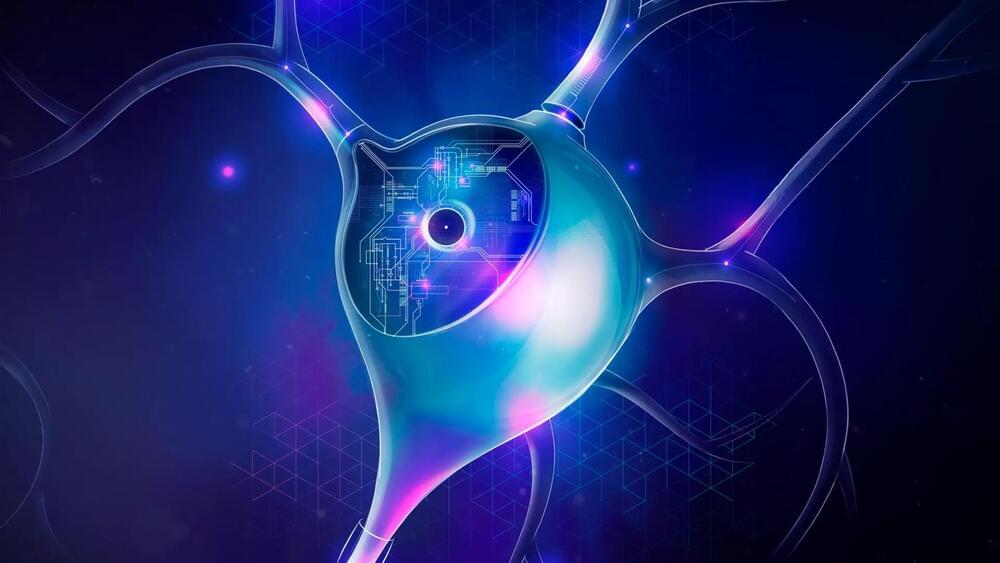Archive for the ‘neuroscience’ category: Page 213
Oct 13, 2023
Brain Signals Linked to Better Memory Identified
Posted by Arthur Brown in categories: biotech/medical, neuroscience
While it is well known that certain brain regions play a crucial role in memory processes, so far it has not been clear whether these regions exhibit different activities when it comes to storing information in people with better or worse memory performance.
Having investigated this matter, a research team led by Professor Dominique de Quervain and Professor Andreas Papassotiropoulos has now published its results in the journal Nature Communications.
In the world’s largest functional imaging study on memory, they asked nearly 1,500 participants between the ages of 18 and 35 to look at and memorize a total of 72 images. During this process, the researchers recorded the subjects’ brain activity using MRI. The participants were then asked to recall as many of the images as possible – and as in the general population, there were considerable differences in memory performance among them.
Oct 13, 2023
Honey, I Shrunk the Molecules
Posted by Shubham Ghosh Roy in categories: biotech/medical, neuroscience
🥼 Researchers from the Netherlands Institute for Neuroscience and the VIB-KU Leuven Center for Brain and Disease Research have shown that microRNA-132 can significantly affect different brain cells, with potential implications for Alzheimer’s disease ✔️
🔗
Research shows that microRNA-132 can significantly affect different brain cells, with potential implications for Alzheimer’s disease. Find out more.
Oct 13, 2023
How the hippocampus distinguishes true and false memories
Posted by Kelvin Dafiaghor in categories: food, neuroscience
Let’s say you typically eat eggs for breakfast but were running late and ate cereal. As you crunched on a spoonful of Raisin Bran, other contextual similarities remained: You ate at the same table, at the same time, preparing to go to the same job. When someone asks later what you had for breakfast, you incorrectly remember eating eggs.
This would be a real-world example of a false memory. But what happens in your brain before recalling eggs, compared to what would happen if you correctly recalled cereal?
In a paper published in Proceedings of the National Academy of Sciences, University of Pennsylvania neuroscientists show for the first time that electrical signals in the human hippocampus differ immediately before recollection of true and false memories. They also found that low-frequency activity in the hippocampus decreases as a function of contextual similarity between a falsely recalled word and the target word.
Oct 12, 2023
Ketamine shows complex influence on social cognition in schizophrenia, study reveals
Posted by Shubham Ghosh Roy in category: neuroscience
🧠💊📊
Researchers from the University of Bonn delve into the complex relationship between ketamine and social cognition deficits in schizophrenia, revealing both promising and cautionary insights.
Oct 12, 2023
Cellular Map of Entire Brain Reveals What Makes Us Human
Posted by Dan Kummer in categories: innovation, neuroscience
Summary: A groundbreaking suite of 21 papers has unveiled a momentous leap in our understanding of the brain, spotlighting the intricate cellular composition of human and primate brains through a consortium led by the BRAIN Initiative.
Utilizing innovative single-cell transcriptomics, researchers illuminated a stunning array of over 3,000 different brain cells and their distinctive functionalities. This extensive research not only dives into the distinctiveness of the human brain but also pioneers a suite of scalable techniques that offer an unparalleled, detailed organization view of the brain.
This pivotal moment in neuroscience sets a promising stage for the next phase in cellular census efforts, propelling towards a more profound understanding of the brain’s complexity and functionality.
Oct 12, 2023
Scientists just drafted an incredibly detailed map of the human brain
Posted by Dan Kummer in categories: biotech/medical, neuroscience
So many ways. But one crucial use is to help understand the basis of brain diseases. A reference human brain atlas that describes a normal or neurotypical brain could help researchers understand depression or schizophrenia or many other kinds of diseases, Lein says. Take Alzheimer’s as an example. You could apply these same methods to characterize the brains of people with differing levels of severity of Alzheimer’s, and then compare those brain maps with the reference atlas. “And now you can start to ask questions like, ‘Are certain kinds of cells vulnerable in disease, or are certain kinds of cells causal,” Lein says. (He’s part of a team that’s already working on this.) Rather than investigating plaques and tangles, researchers can ask questions about “very specific kinds of neurons that are the real circuit elements that are likely to be perturbed and have functional consequences,” he says.
What’s the next step?
Better resolution. “The next phase is really moving into very comprehensive coverage of the human and non-human primate brain in adults and development.” In fact, that work has already begun with the BRAIN Initiative Cell Atlas Network, a five-year, $500 million project. The aim is to generate a complete reference atlas of cell types in the human brain across the lifespan, and also to map cell interactions that underlie a wide range of brain disorders.
Oct 12, 2023
Your Brain Finds It Easy to Size Up Four Objects But Not Five—Here’s Why
Posted by Arthur Brown in category: neuroscience
For more than a century, researchers have known that people are generally very good at eyeballing quantities of four or fewer items. But performance at sizing up numbers drops markedly — becoming slower and more prone to error — in the face of larger numbers.
Now scientists have discovered why: the human brain uses one mechanism to assess four or fewer items and a different one for when there are five or more. The findings, obtained by recording the neuron activity of 17 human participants, settle a long-standing debate on how the brain estimates how many objects a person sees. The results were published in Nature Human Behaviour on 2 October.
The finding is relevant to the understanding of the nature of thinking, says psychologist Lisa Feigenson, the co-director of the Johns Hopkins University Laboratory for Child Development in Baltimore, Maryland. “Fundamentally, the question is one of mental architecture: what are the building blocks that give rise to human thought?”
Oct 12, 2023
Atlases lay out detailed maps of the brain for humans and other primates, cell by cell
Posted by Genevieve Klien in categories: biotech/medical, neuroscience
In a tour de force for neuroscience, teams of researchers have published a voluminous set of brain-cell atlases for humans and other primates.
The atlases are detailed in 21 research papers appearing in Science, Science Advances and Science Translational Medicine — and could point scientists toward new strategies for addressing mental conditions ranging from Alzheimer’s disease and schizophrenia to epilepsy and ADHD.
“We need to understand the specifics of the human brain if we hope to understand human diseases,” Ed Lein, a senior investigator at Seattle’s Allen Institute, said in comments provided via video.
Oct 12, 2023
Neurons Decoded: The Universal Workflow Powering Brain Insights
Posted by Paul Battista in category: neuroscience
The Blue Brain Project introduces a universal workflow for creating and validating neuronal models using open-source tools.
Biophysically detailed neuronal models provide a unique window into the workings of individual neurons. They enable researchers to manipulate neuronal properties systematically and reversibly, something that is often impossible in real-world experiments.
These in silico models have played a pivotal role in advancing our understanding of how neuronal morphology influences excitability and how specific ion currents contribute to cell function. Additionally, they have been instrumental in building neuronal circuits to simulate and study brain activity, offering a glimpse into the complex dance of neurons that underlies our thoughts and actions.

